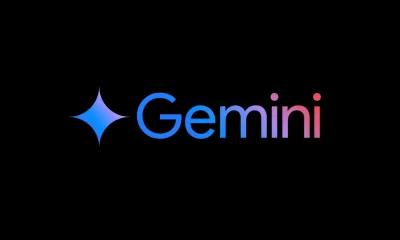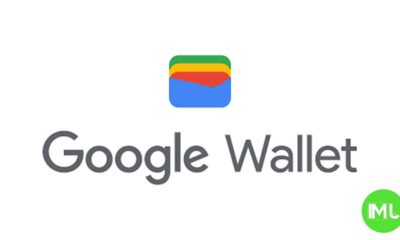Android
Google extends Android updates for Pixel 6, 7, and Fold, plus new fixes for Pixel 9 with Android 15 QPR1
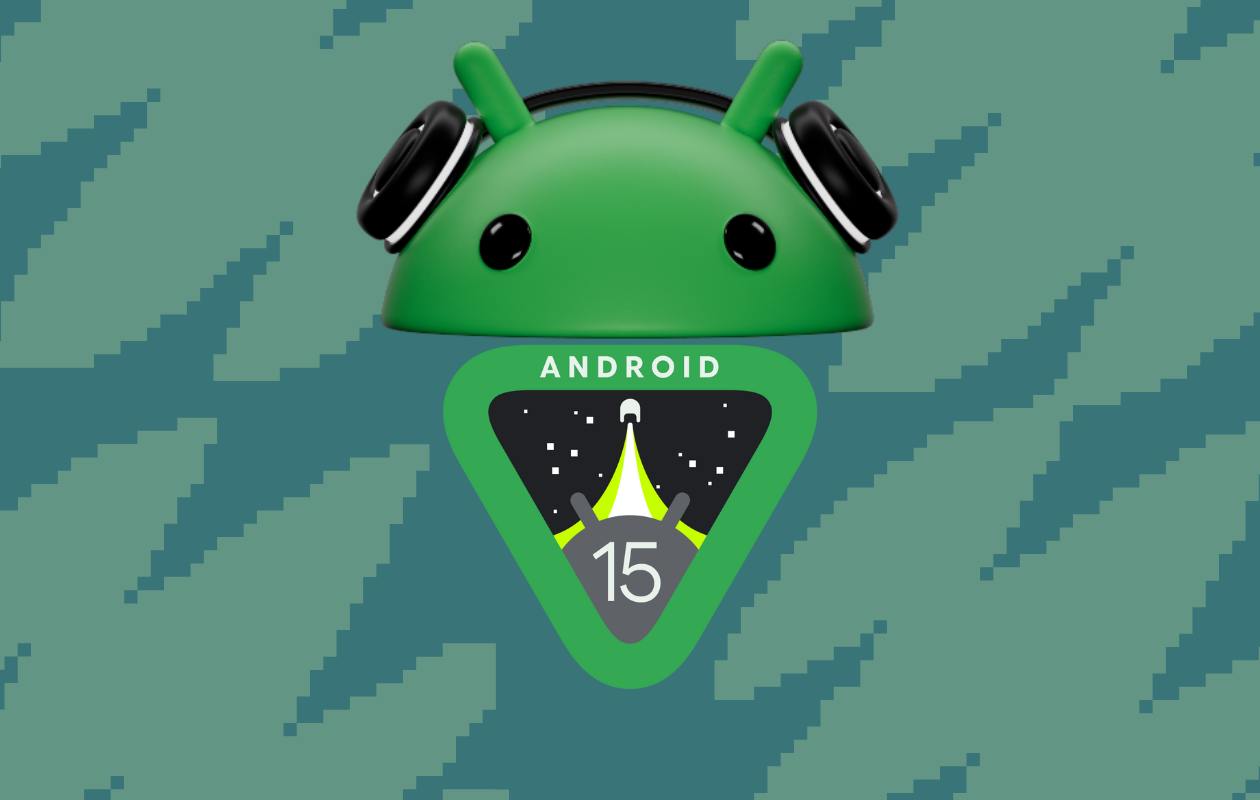
Google has announced a significant extension to its Android OS update policy for the Pixel 6 series, Pixel 7 series, and Pixel Fold. These devices will now receive Android OS updates for five years, aligning them with Google’s commitment to long-term software support.
Extended Updates for Pixel 6, 7, and Fold
When Google introduced the Tensor chip in the Pixel 6 series, it expanded its software support to five years, including three years of OS updates and two additional years of security patches. However, the newer Pixel 8 and Pixel 9 series offer seven years of updates. This raised questions about whether the Pixel 6 and 7 generations would get extended support.
Google has now confirmed that these devices, including the Pixel Fold, will receive five full years of OS and security updates. This policy applies from the date the device first launched on the Google Store in the U.S.
Updated Support Policy Summary:
- 7 Years of Updates: Pixel 8, Pixel 9, and future models.
- 5 Years of Updates: Pixel 6, Pixel 7, and Pixel Fold.
- 3 Years of OS Updates, 5 Years of Security Updates: Pixel Tablet.
The change was hinted at earlier when Android 16 Developer Preview listed support for the Pixel 6 and 6 Pro.
Android 15 QPR1: New Fixes for Pixel Devices
Google has also started rolling out the first Quarterly Platform Release (QPR1) update for Android 15. This update brings fixes and improvements across various Pixel models. OTA and factory images are now available for supported devices, though on-device updates may take a bit longer to appear.
Fixes and Improvements
The Android 15 QPR1 update includes 16 fixes across multiple areas:
- Audio: Stability improvements and fixes for USB audio-related reboots.
- Bluetooth: Enhanced range for Pixel 9 devices.
- Camera: Stability improvements in certain scenarios.
- Display & Graphics: Fixes for green screen tint issues.
- System: General stability and performance improvements.
- Telephony: Improved network connection reliability.
- User Interface: Fixes for lockscreen wallpaper issues, dark mode stability, swipe actions, and notification background colors.
- Wi-Fi: Improved wireless performance and stability.
Device-Specific Builds
Global updates have been released for all supported Pixel devices, including localized builds for certain regions (e.g., Telstra in Australia and EMEA countries).
Final Thoughts
With extended update support and continuous fixes, Google is reinforcing its commitment to enhancing user experience across its Pixel lineup. These changes ensure that even older devices remain relevant and secure for longer periods, aligning with the company’s focus on sustainable and reliable technology.
Android
Google Pixel Weather app now shows pollen info in the US
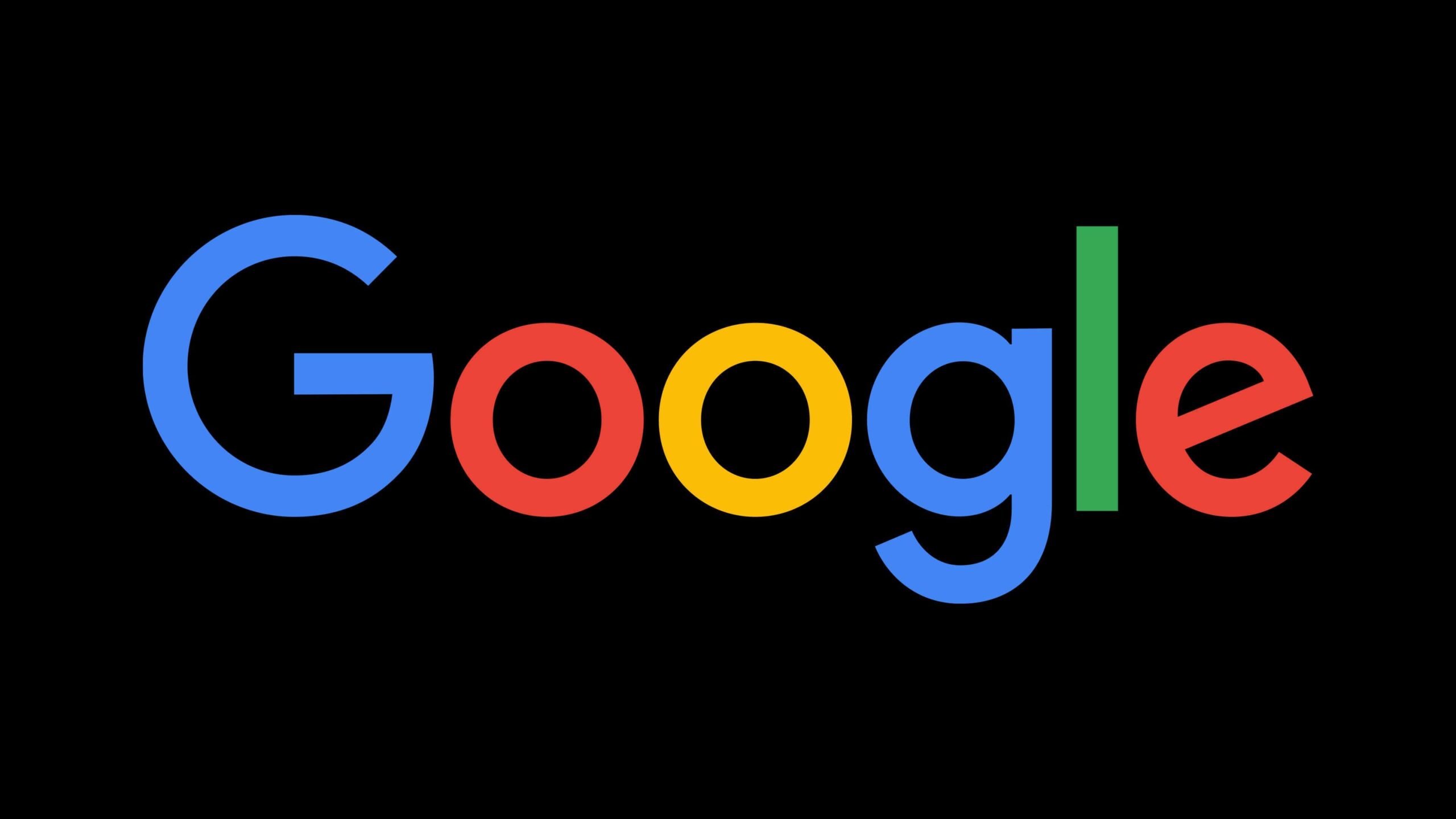
Google is adding a new feature to its Pixel Weather app. Now, users in the United States can see pollen levels in their area. This update is especially helpful for people who have allergies and need to know when pollen is high.
In the Weather app, there’s a new section under the daily forecast that shows pollen conditions. It uses simple labels like “low,” “moderate,” and “high” so it’s easy to understand. This new feature pulls information from the same source that Google Search uses for pollen updates.
However, the new pollen section in the Pixel Weather app is only available in the US for now. If you’re outside the US, you won’t see the pollen data yet. Also, not every user may get it immediately, as Google is still rolling out the update.
To use the feature, you need to have the latest version of the Pixel Weather app, which comes built into Pixel devices. Google may expand this feature to more countries in the future, but there’s no official date yet.
Overall, this small update can make a big difference for users who want quick and easy access to local pollen conditions without searching separately.
Android
Google updates Gboard emoji kitchen and Android Auto with new features
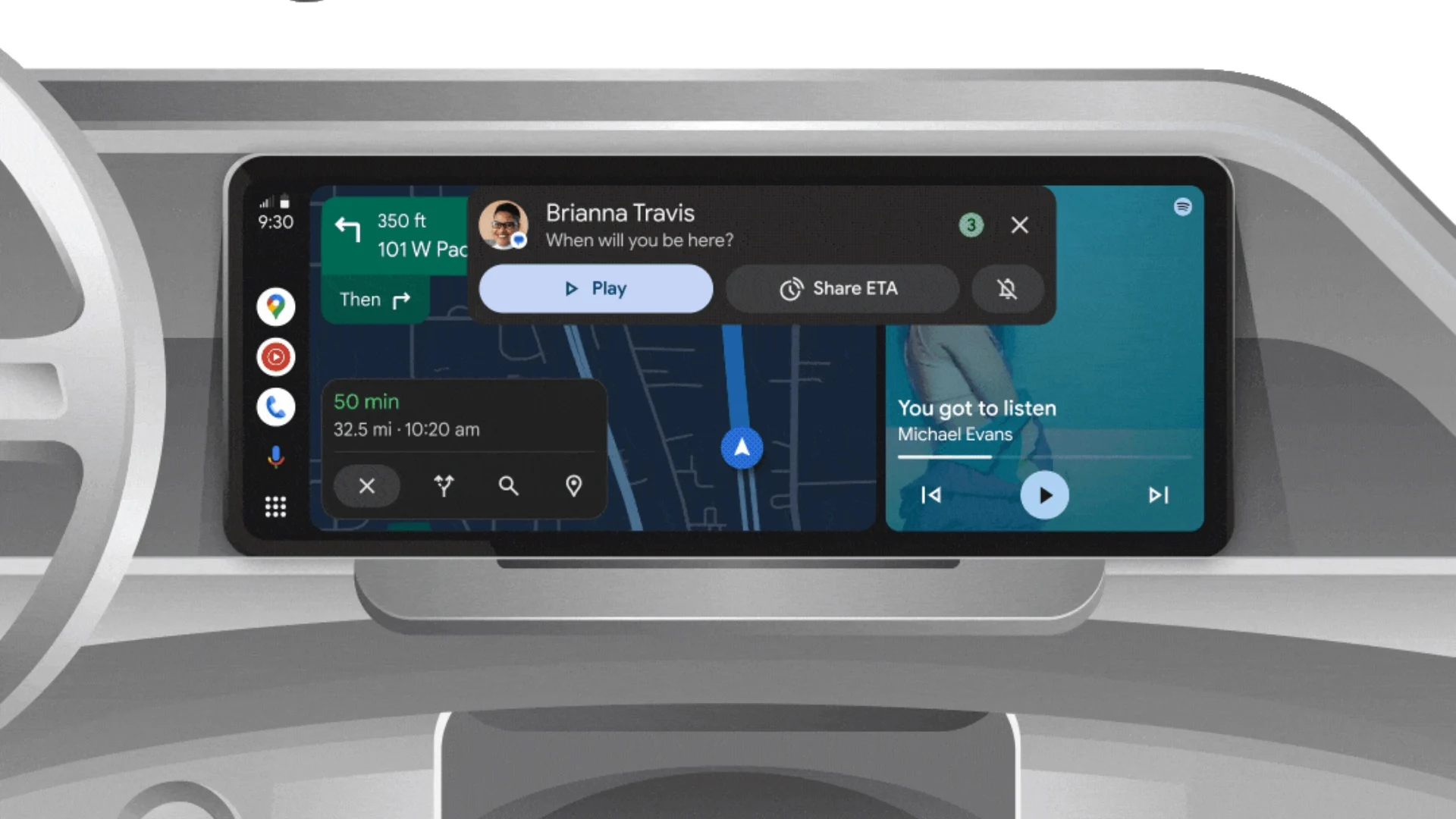
Google is bringing some fresh updates to make Gboard and Android Auto even better.
Starting with Gboard, the Emoji Kitchen now has a new “Browse” section. This makes it easier for users to find different emoji sticker combos. You can tap on any emoji and instantly see all the creative mixes available. Plus, there’s a search bar to help you look for specific stickers. This new feature is rolling out first to Pixel devices, with other Android phones expected to get it in the coming months.
On the other hand, Android Auto is now getting the 14.3 beta update. Although there are no big changes yet, this version mainly focuses on fixing bugs and improving performance. Testers have noticed slight speed improvements, but no new features have been spotted so far. Google might be preparing for bigger changes in future updates.
Both these updates show that Google is working hard to make its apps smoother and easier to use. Gboard’s new browsing tool will make messaging more fun, while Android Auto’s small fixes are important for a better driving experience.
If you have a Pixel phone or are part of the Android Auto beta program, you might already see these updates. Otherwise, they should be available to more users soon.
Android
Android’s Find My Device speeds up with UWB coming soon
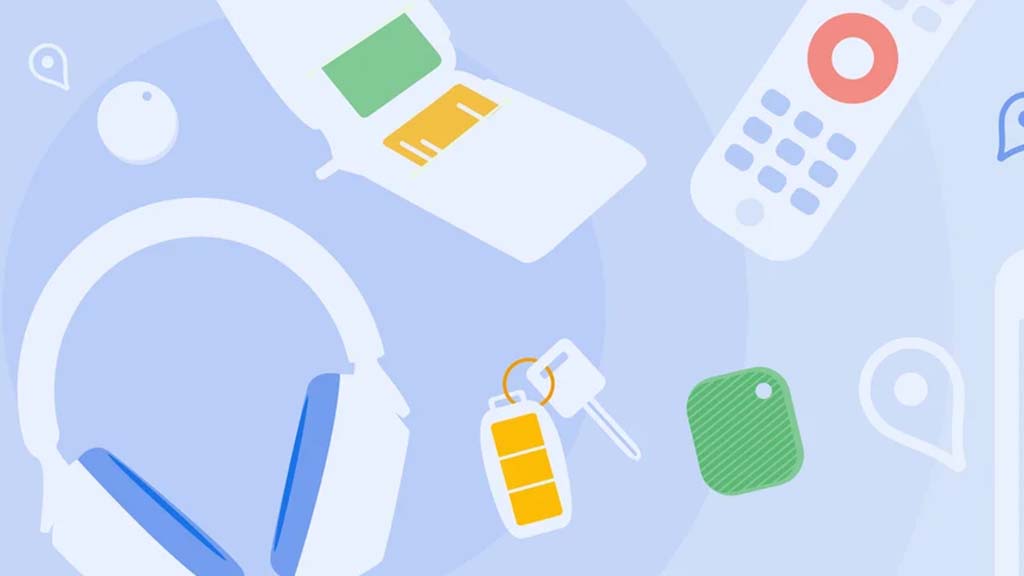
Google’s Find My Device network for Android has gotten a big boost, making it much quicker to locate misplaced items. Recent checks show it’s now four times faster than it used to be, keeping up with Apple’s AirTags in crowded spots like malls or events. For instance, at CES 2025, a tracker tucked in a bag updated its location just as fast as an AirTag nearby. This speed-up is thanks to more Android users turning on tracking for all locations, not only busy areas, which helps the system spot items more reliably.
In less crowded places, the network can still have trouble since fewer Android phones are nearby to share location signals. But Google’s working on this by nudging users through app alerts to enable tracking in quieter spots. Plus, recent updates to tracker software and apps have made connections more stable and accurate.
Looking ahead, Google’s gearing up to roll out ultra-wideband (UWB) technology. This will let you find items with pinpoint accuracy, even within a room, using cool augmented reality (AR) visuals, much like Apple’s setup. The Moto Tag, a tracker ready for UWB, is already available, just waiting for Google to activate this feature. Not all Android phones support UWB yet, but future models like the Pixel 10 might include it. These changes prove Google’s determined to make its Find My Device network a top choice for tracking lost stuff.
-
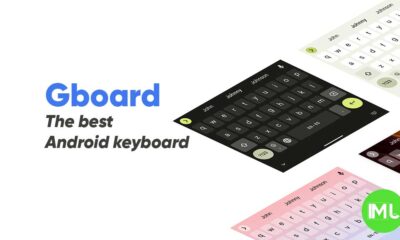
 Apps1 year ago
Apps1 year agoGboard Proofread feature will support selected text
-
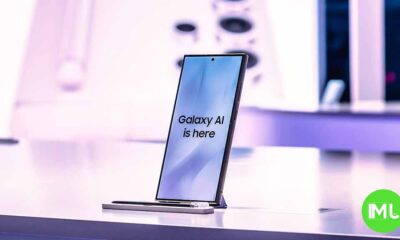
 News1 year ago
News1 year agoSamsung USA crafting One UI 6.1.1
-

 News1 year ago
News1 year agoBreaking: Samsung Galaxy S22 may get Galaxy AI features
-
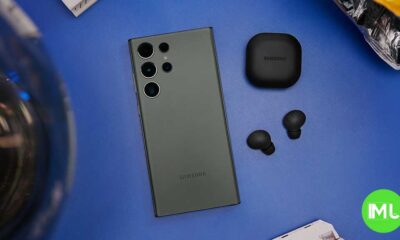
 News1 year ago
News1 year agoSamsung Galaxy S23 Ultra with One UI 6.1 and all S24 AI features revealed
-

 News1 year ago
News1 year agoOne UI 6.1 Auracast (Bluetooth LE Audio) feature coming to many Samsung phones
-

 News1 year ago
News1 year agoSatellite SOS feature coming to Google Pixel phones, evidence leaked
-
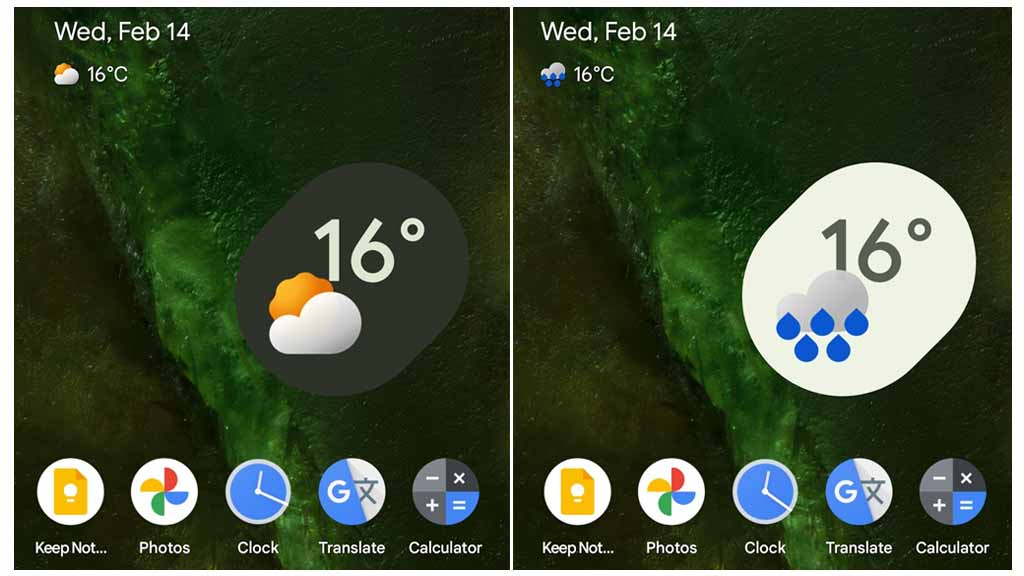
 Apps11 months ago
Apps11 months agoGoogle’s fancy new Weather app is finally available for more Android phones
-
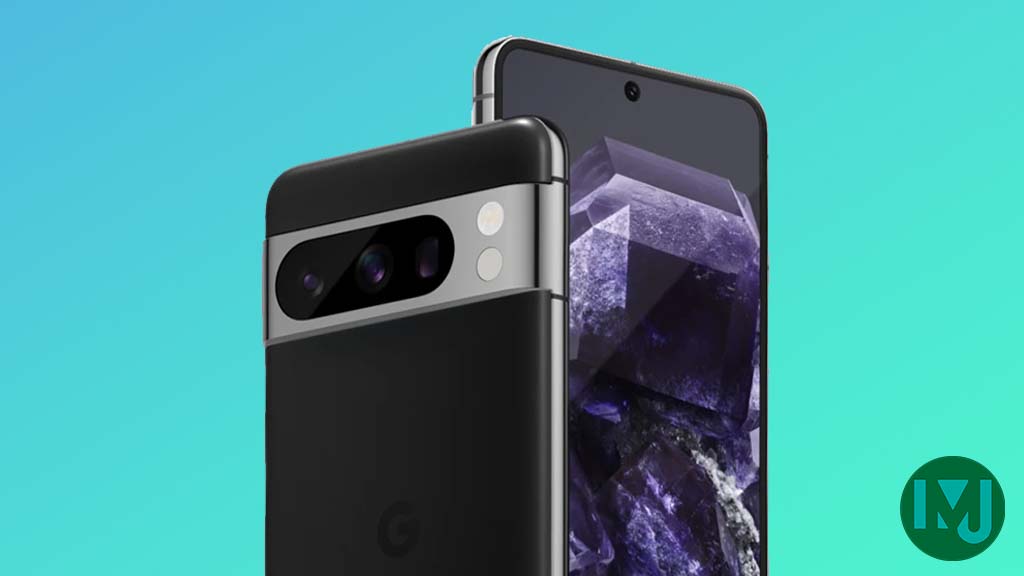
 News1 year ago
News1 year agoGoogle Pixel evolves as Europe’s third best selling flagship

